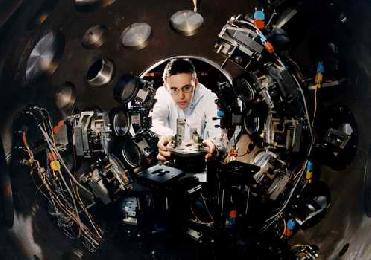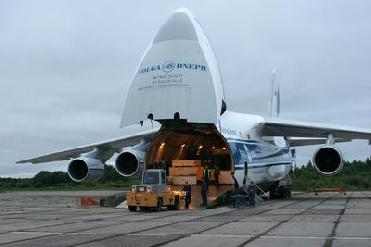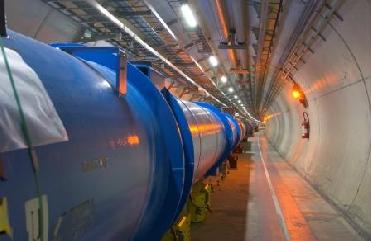
Adjusting optics in the Vulcan Lasers target area east. STFC photo
LONDON (BNS): The global concern over carbon emissions and the quest to have cleaner fuel lies within the planets. An international team of scientists, led by University of Oxford, working alongside researchers at Science and Technology Facilities Council’s (STFC) Central Laser Facility said that deeper insight into planets could extend the comprehension of fusion energy. It is the same energy that powers the Sun, and laser driven fusion could be a future energy source, the scientists believe.
Fusion energy is widely considered an attractive, environmentally clean power source using seawater as its principal source of fuel, where no greenhouse gases or long-lived radioactive waste materials are produced.
Dr Gianluca Gregori, of University of Oxford and STFC’s Central Laser Facility said that the study of warm dense matter states, in this experiment on lithium, show practical applications for controlled thermonuclear fusion. “It also represents significant understanding relating to astrophysical environments found in the core of planets and the crust of old stars. This research therefore makes it not only possible to formulate more accurate models of planetary dynamics, but also to extend our comprehension of controlled thermonuclear fusion where such states of matter, that is liquid and gas, must be crossed to initiate fusion reactions. This work expands our knowledge of complex systems of particles where the laws that regulate their motion are both classical and quantum mechanical,” Gregori said.
Professor Mike Dunne, Director of the Central Laser Facility at STFC said that by using high power lasers to find solutions to astrophysical issues is an area that has been highly active at STFC for some time. “We are very excited that the Vulcan laser has contributed to such a significant piece of research. The use of extremely powerful lasers is proving to be a particularly effective approach to delivering long-term solutions for carbon-free energy,” Dunne said.
Using STFC’s Vulcan laser, the team used an intense beam of X-rays to successfully identify and reproduce conditions found inside the core of planets, where solid matter has a temperature in excess of 50,000 degrees. “The understanding of the complex state of matter in these extreme conditions represents one of the grand challenges of contemporary physics. The results from the Vulcan experiments are intended to improve the models of Jupiter and Saturn and obtain better constraints on their composition and age of the Solar System,” the scientist said.
By using inelastic X-ray scattering measurements on a compressed lithium sample, it was shown how hot, dense matter states can be diagnosed and structural properties could be obtained. “The thermodynamic properties – temperature, density and ionisation state, were all measured using a combination of non-invasive, high accuracy, X-ray diagnostics and advanced numerical simulations. The experiment has revealed that the matter at the centre of planets is in a state that is intermediate between a solid and a gas over lengths larger than 0.3 nanometres. To put this into context, 1 nanometre equates to less than 1/10000th of a human hair! Results showed that extreme matter behaves as a charged liquid, but at smaller distances it acts more like a gas,” the STFC scientist said.
 Next Article
Next Article












The Indian Air Force, in its flight trials evaluation report submitted before the Defence Ministry l..
view articleAn insight into the Medium Multi-Role Combat Aircraft competition...
view articleSky enthusiasts can now spot the International Space Station (ISS) commanded by Indian-American astr..
view article